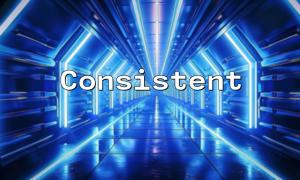PHP and CGI are widely used server-side scripting languages in web development. As web applications grow more complex, efficient error handling becomes increasingly important. This article introduces essential error handling methods in PHP and CGI, along with example code to help developers quickly identify and resolve issues.
Errors and exceptions are inevitable in development. They can range from syntax and runtime errors to logical bugs. Without a solid error handling mechanism, such issues may crash applications or expose sensitive information. Therefore, understanding error handling is crucial for building reliable web systems.
PHP supports exception handling using try-catch blocks. Here’s a basic example:
try {
// Code block
} catch (Exception $e) {
// Exception handling
echo "Caught exception: " . $e->getMessage();
}
The code inside the try block may throw an exception. If it does, the catch block will handle it, and $e->getMessage() will return the error details.
CGI uses similar mechanisms, often through eval blocks, to catch errors. Here’s a CGI-style example:
eval {
# Code block
if ($errorCondition) {
die "Error message";
}
};
if ($@) {
# Exception handling
print "Caught exception: $@";
}
In this code, the eval block executes potentially risky operations. If an error occurs, it is caught using the $@ variable, which stores the error message.
In addition to exception handling, the following techniques can accelerate the debugging process:
Effective error handling is vital for building stable and secure web applications. By mastering PHP and CGI’s exception handling mechanisms and incorporating logging, debugging, and testing practices, developers can significantly enhance application robustness. The techniques and examples provided here aim to support developers in diagnosing and fixing errors efficiently.
PHP Example:
try {
$result = 100 / 0; // Division by zero
} catch (Exception $e) {
echo "Caught exception: " . $e->getMessage();
}
CGI Example:
eval {
my $result = 100 / 0; # Division by zero
die "Error message" if !$result;
};
if ($@) {
print "Caught exception: $@";
}









